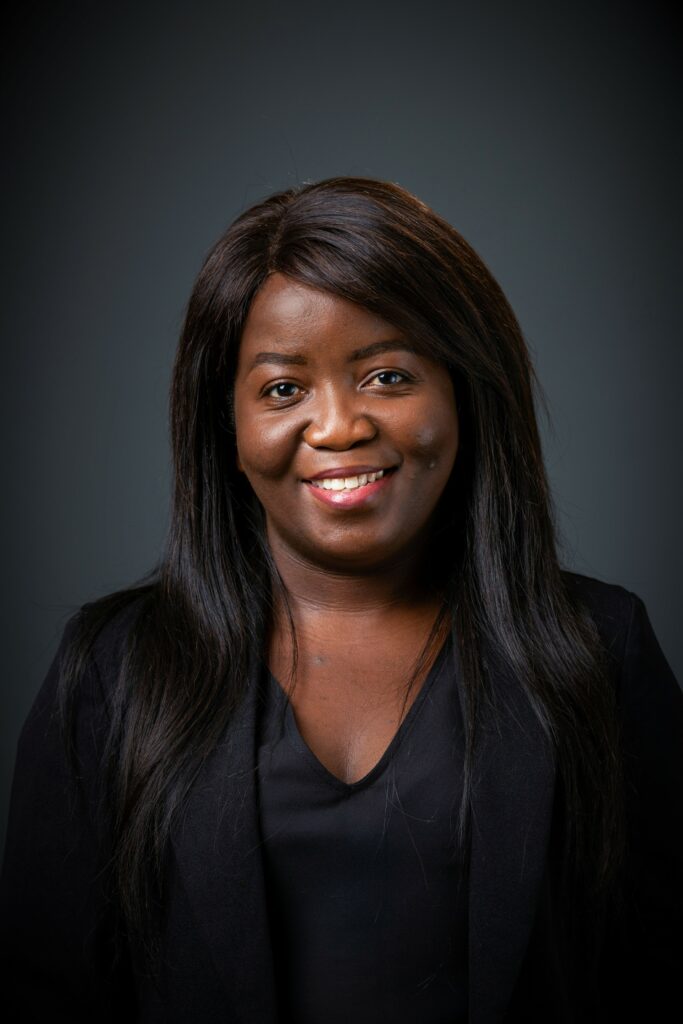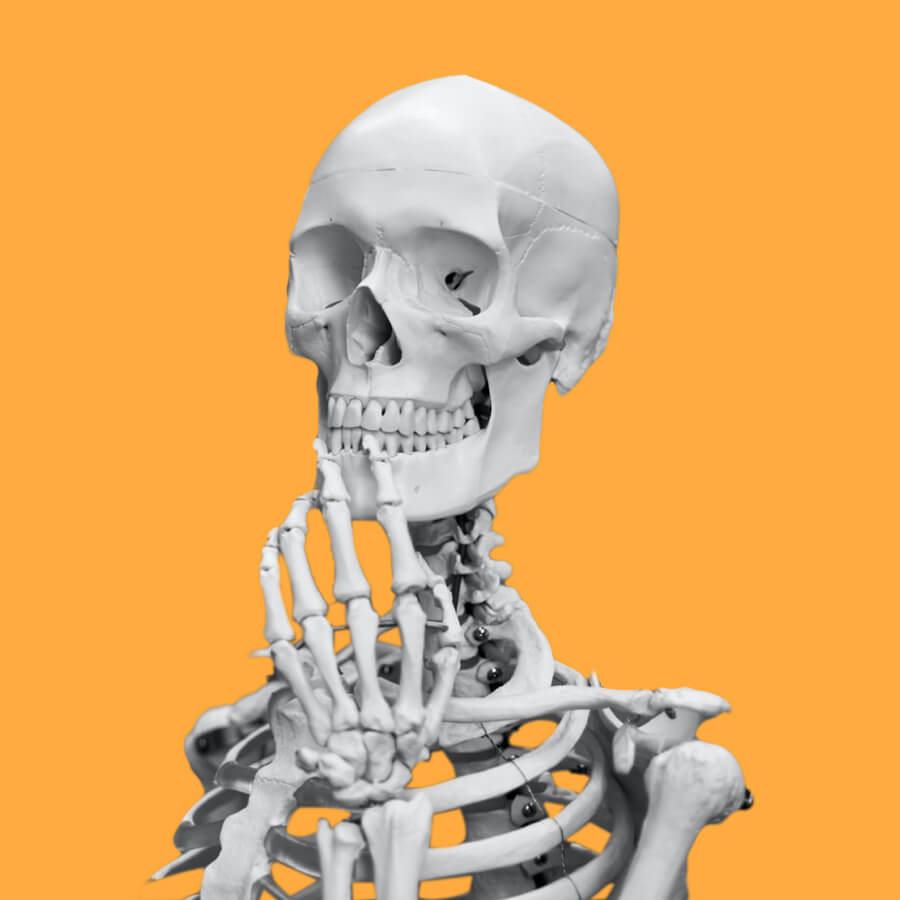Bongekile Zwane
Postdoctoral Fellow
African Centre for Coastal Palaeoscience
Nelson Mandela University

Biography
Bongekile Zwane is an archaeobotanist who is based in South Africa. She specialises in studying wood charcoal remains from archaeological sites with the goal of reconstructing past vegetation, climate and evidence of plant use. She completed her BSc, MSc and PhD in Archaeology at the University of the Witwatersrand, South Africa, where she was trained to conduct archaeobotanical research. She has worked on charcoal from the African Middle and Later Stone Age deposits from many archaeological sites including Klasies River Cave, Sibudu Cave and Border Cave. She is, currently, a postdoctoral fellow at the Palaeoecology Laboratory of the African Centre for African Palaeoscience, Nelson Mandela University.
Disciplines
Archaeobotany (Anthracology), Palaeoenvironment & Palaeoclimate studies, Archaeology
Fields of study
My Postdoctoral research is focused on reconstructing woody vegetation of the extinct Palaeo Agulhas Plain, off the south coast of South Africa, and below I elaborate on why it is important. The extinct Palaeo Agalhus Plain (PAP) holds many clues about major environmental and human behavioural changes that happened during the Stone Age. One of the most significant changes was that from Middle Stone Age (MSA) to Later Stone Age (LSA) during the Last Glacial Maximum (LGM). The evolutionary milestone that is represented by this change, in conjunction with the environmental backdrop of the LGM are the subject of much interest because climate change has always and will always affect human life. My research will investigate the role that woody vegetation in the PAP played in sustaining the human populations that lived through the LGM and invented a significantly new way of life, perhaps, because of the environmental strain of that time. The vegetation of the PAP, like other resources, were subject to many environmental events that are not easily understood from the contemporary landscape because of the present climate setting. However, archaeological sites like Knysna Eastern Heads cave 1 (KEH1), preserve important clues about life at the MSA/LSA transition from which possible implications about life be deducted. Therefore, I will analyse charcoal from KEH1 to understand why the different assemblages of burnt woody vegetation were deposited into the cave at four distinct periods of cave occupation, including one period when there is evidence that people did not use the cave. This will be done by considering the taxa represented by the wood charcoal remains, quantity of wood charcoal fragments and the quality/state of burning of those remains. The results of these analyses will be used to derive environmental trends, which will be used to address questions related to site formation, site use and the influence of the LGM climate on the PAP ecosystem. The reconstruction of the human behavioural trends and environmental conditions at KEH1 will supplement other environmental proxies as well as archaeological data from the cave. The behavioural and environmental proxies from KEH1 will be correlated to those of other important sites in southern Africa.
Awards and recognition
- GENUS Next Generation Palaeoscientitst Postdoctoral Fellowship
- DSI- NRF Innovation Doctoral Scholarship 2020-2021
- Centre of Excellence (CoE)-Palaeo Grant: Doctoral Bursary 2019-2021
- Palaeontological Scientific Trust (PAST) Postgraduate research grant 2017& 2021
- Faculty of Science Award for Top two tutors in the School of Geography, Archaeology and Environmental Studies, University of the Witwatersrand 2017
- University of Witwatersrand’s Postgraduate Merit Award 2016-2017
- Certificate of First Class for Psychological Design and Analysis II course, BSc, University of the Witwatersrand 2014
